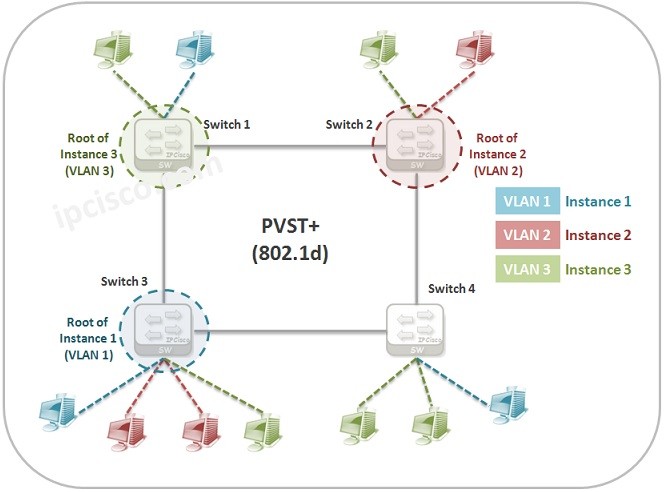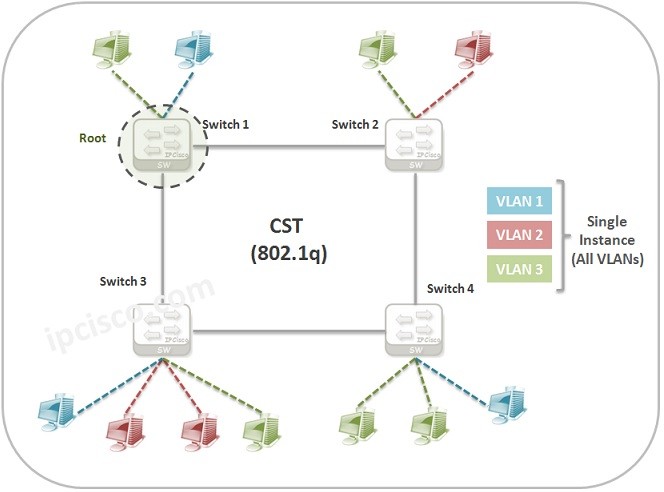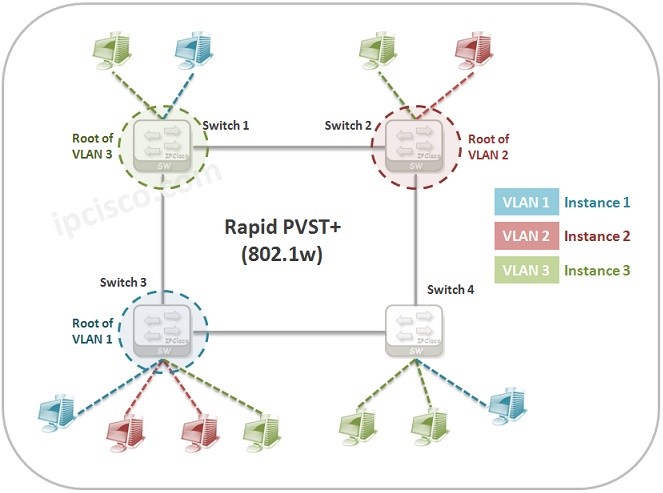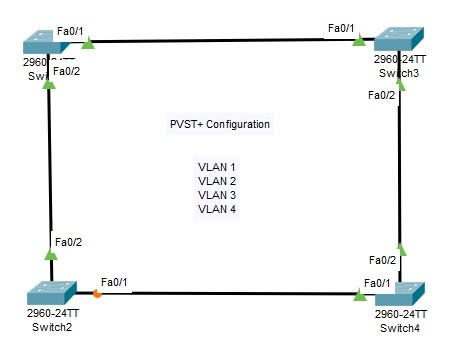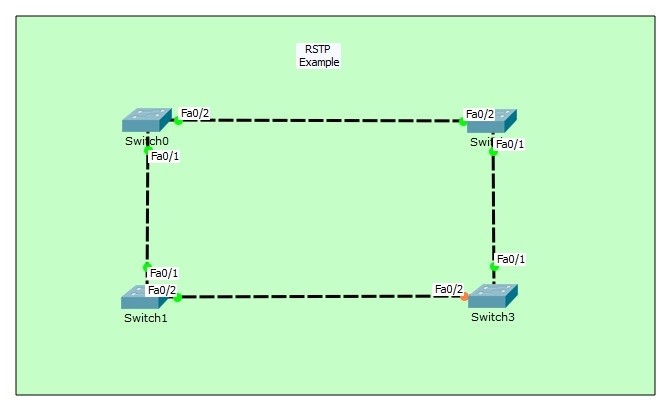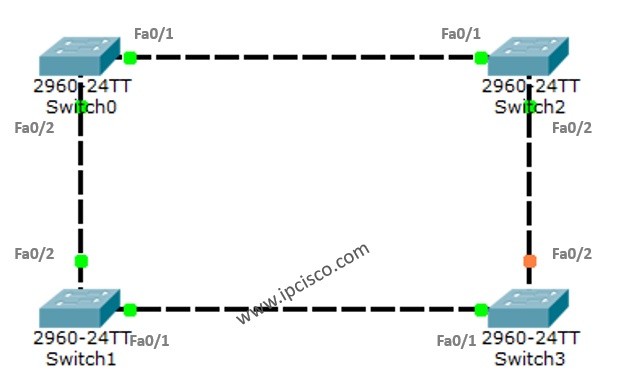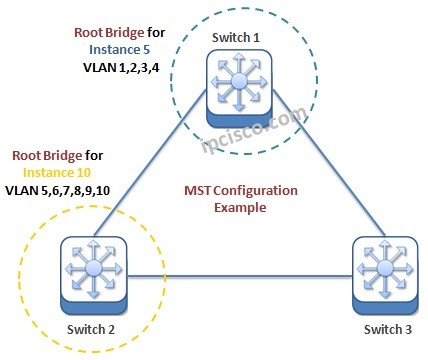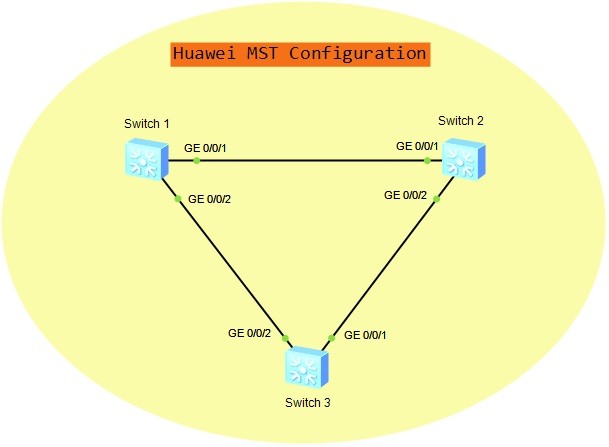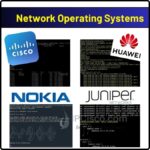Table of Contents
PVST+ (Per VLAN Spanning Tree Plus)
PVST+ (Per VLAN Spanning Tree Plus) is a Cisco proprietary STP version. It is also the default STP version for Cisco devices. It is the standard named 802.1d. In another lesson, we will see the configuration of PVST+ on Cisco Routers.
In normal STP, CST (Common Spanning Tree), only one instance can be used for the whoşe network. There is no specific instances per VLAN.
PVST+ (Per VLAN Spanning Tree Plus) creates an instance for each VLAN and in each instance, a different STP process occurs, a different Root bridge is selected, different port roles are used etc.
There are some advantages and disadvantages of PVST+ if we compare it with normal STP (CST). What are these advantages and disadvantages? Let’s check.
For the network performance, PVST+ is a better selection than STP. Because, in PVST+, STP process is done for a small group of devices, for the devices in the same VLAN. Not for the whole devices in that network.
The performance is better in PVST+ than normal STP (CST), but, here the CPU and memory usage are more. This is one of the disadvantages of PVST+. Beside, the convergence time is also higher than CST in PVST+.
Another important advantage of PVST+ is providing a good load balancing.
Rapid PVST+ (Rapid Per VLAN Spanning Tree Plus)
Rapid PVST+ (Rapid Per VLAN Spanning Tree Plus) is also a Cisco proprietary STP version. Again, it has an instance for each VLAN and each VLAN has a separate STP process.
It has a faster convergence advantage if we compare it with PVST+. Beside, PVST+ (Rapid Per VLAN Spanning Tree Plus) need more CPU and memory resources than PVST+.
RPVST+ has four states. These states are also the states of MST (Multiple Spanning Tree) that we will discuss later. RPVST+ States are given below:
- Blocking
- Learning
- Forwarding
- Disabled


